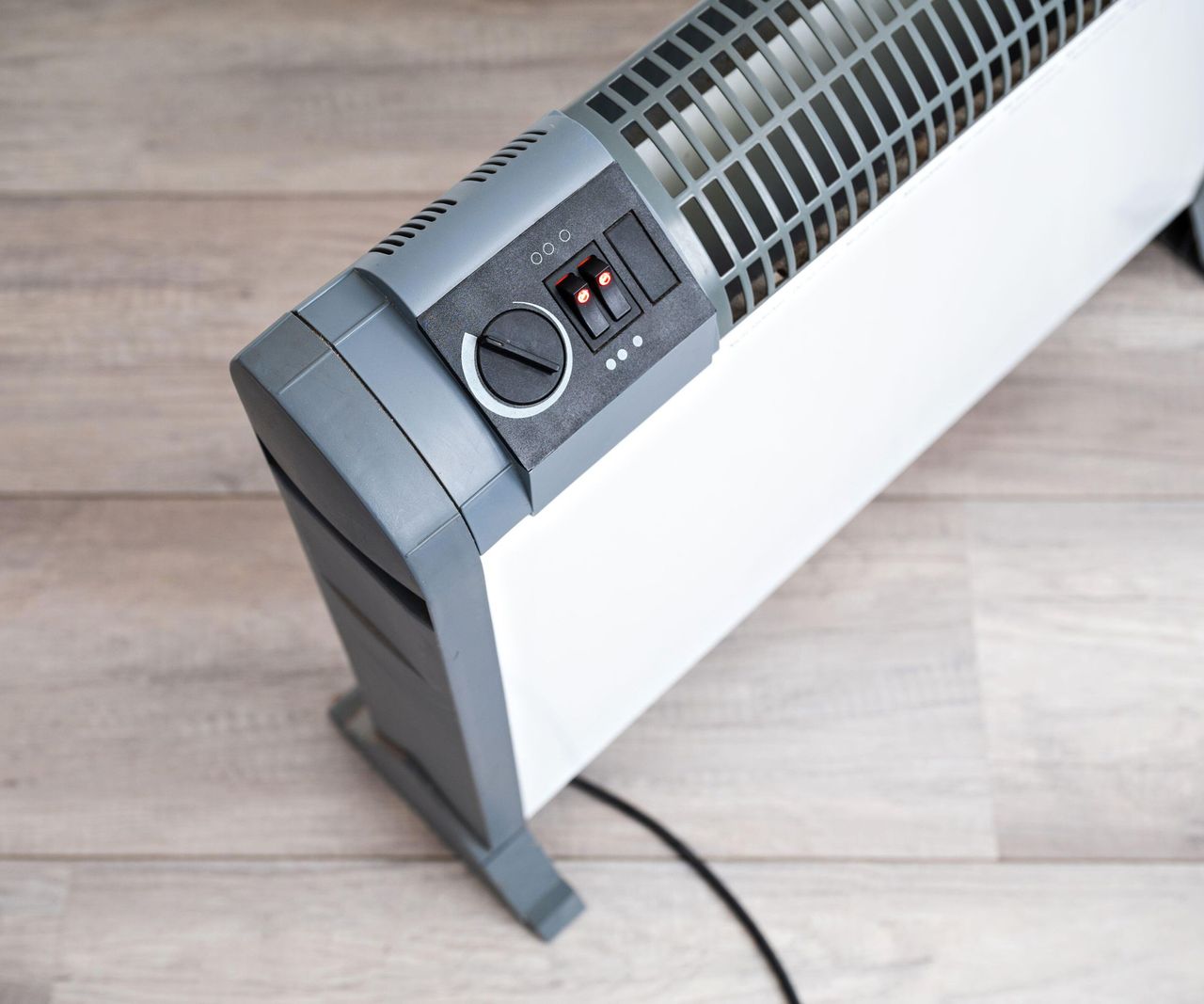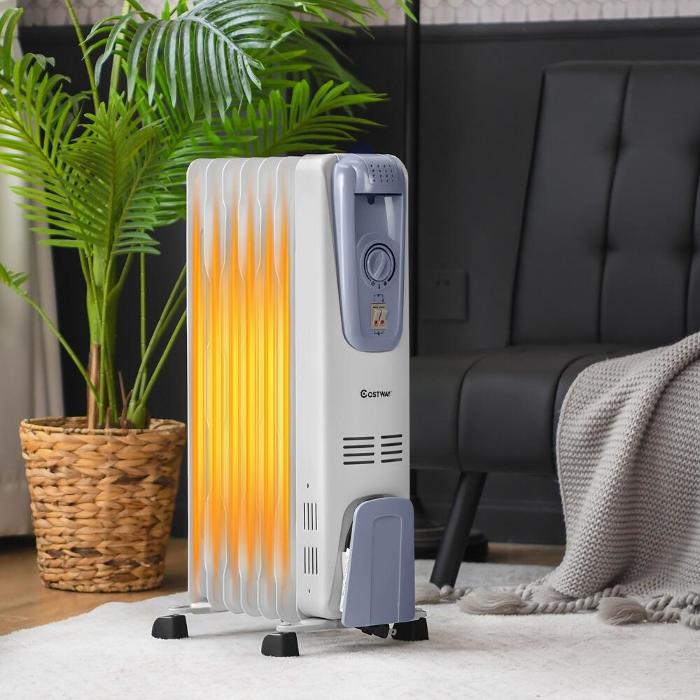The 7-Second Trick For 1 Source Portable Air
Table of ContentsThe 7-Minute Rule for 1 Source Portable Air1 Source Portable Air Can Be Fun For Everyone1 Source Portable Air Can Be Fun For AnyoneThe Ultimate Guide To 1 Source Portable AirExamine This Report about 1 Source Portable Air
Running costs are based on an electrical power rate of 40c/kWh. The costs for 3 months' usage in winter are based upon 500 hours utilize, or roughly 6 hours per day for three months. Optimum heat result is based upon the maximum wattage of the designs we have actually tested (we focus on higher wattage heaters).

This depends on what expense you're taking a look at ahead of time purchase, or running expense? Customarily, there are compromises with either option. Usually, tiny follower heating systems are less costly to purchase, but can have higher running prices. Oil column heating systems will certainly be the most affordable on the market to run (generally) but only by a narrow margin ahead of convection heaters (like panel and micathermic panels).
The Greatest Guide To 1 Source Portable Air
If you have a reversible ceiling follower, it'll help spread the warm around the space more equally. A number of pricey heaters have fallen short to excite our testers, while some more affordable versions make for surprisingly excellent buys.
As the name recommends, they radiate heat from a heated burner (so the family members will have to take turns resting in front of it). There are floor and wall-mounted models readily available. Glowing heating systems are fairly inexpensive. They have a cosy radiance and personal warming impact, like being in front of a fire.
Glowing heaters typically set you back in between $20 and $200. Oil-filled column heaters don't actually shed oil they utilize electrical energy to heat up the oil that's secured inside their columns or 'fins'.
All About 1 Source Portable Air
Some column heating units aren't even oil-filled yet instead utilize other product or heating modern technology to function the exact same way - 1 Source Portable Air. The threat of fire with an oil column heater is reduced compared to various other heater types, yet never absolutely no. Oil heating units do not have subjected elements like glowing heating systems do, and their surface temperature level is less than several other heating unit kinds (their large surface offsets it)
Oil column heating units won't blow up, and while they do not melt their oil to generate warmth, it's still flammable, so there is a fire risk if the oil leaks, if dig this the heating system topple and leaks, or if combustible things or fabric enter into call or drop on the heater. You need to work out the exact same degree of care with oil heaters when it comes to other heating system types, and never ever hang towels or garments over one to dry them utilize a drying out shelf rather, a minimum of one metre away.
Column heaters are especially useful in areas where they'll be activated for lengthy periods of time or where they'll run ignored, such as overnight in a bed room. The surfaces you're likely to touch on a column heating system do not obtain as hot as various other kinds of electric heaters. You can utilize a ceiling follower on really low speed to aid the column heating unit to distribute the warmth faster and extra evenly.
If there's not much air activity (for instance, if you're resting reading or viewing television), the warm might not be distributed uniformly. Oil-filled column heating systems typically cost between $50 and $450. Convection and panel heaters draw cold air over an electric burner. why not try these out The warmed up air then leaves the heating system and rises towards the ceiling, while cooler air moves in to change it.
The Facts About 1 Source Portable Air Uncovered

Convection and panel heating units are more mobile than their oil-filled column heater counterparts due to the fact that they're substantially lighter. Like a column heating unit, you can make use of a ceiling follower on very reduced speed to disperse the heat much faster and more equally.

The Definitive Guide for 1 Source Portable Air
Fan heaters are usually smaller and more portable than other electric heaters. They also come in the kind of tower follower heating systems, which can be better for distributing warmth around larger spaces as a result of their taller account. They can heat up the air in a room more swiftly, equally and quickly than some other heater types.
Fan heating More Help systems (ceramic or otherwise) typically cost between $60 and $900. Ceramic follower heating systems aren't necessarily any various in cost to non-ceramic versions.
Comments on “Getting My 1 Source Portable Air To Work”